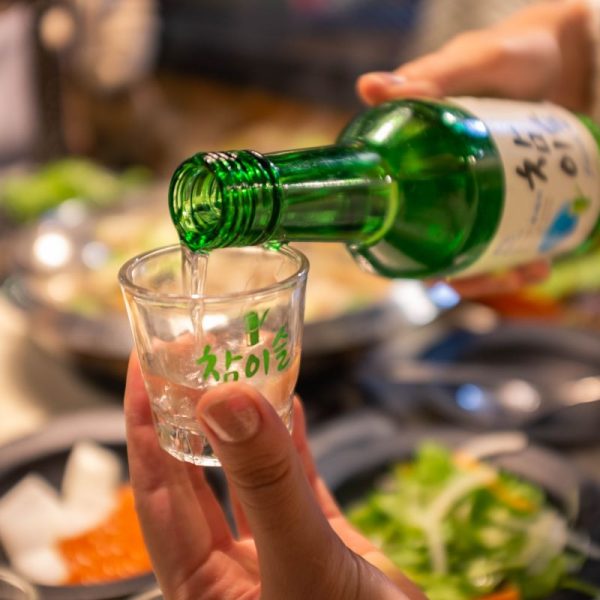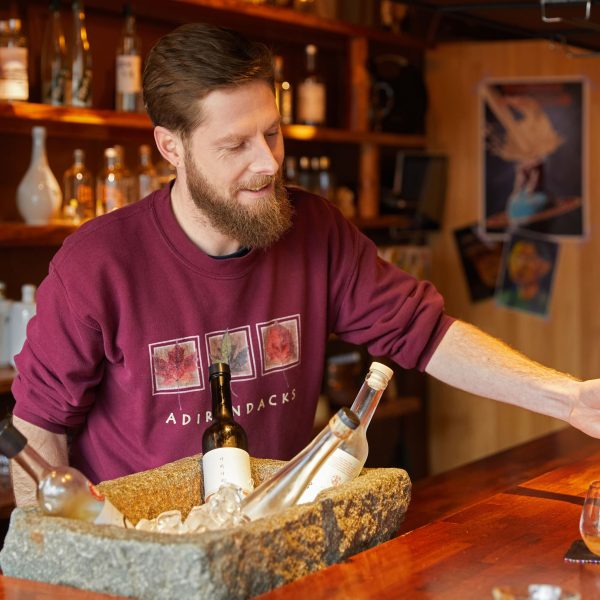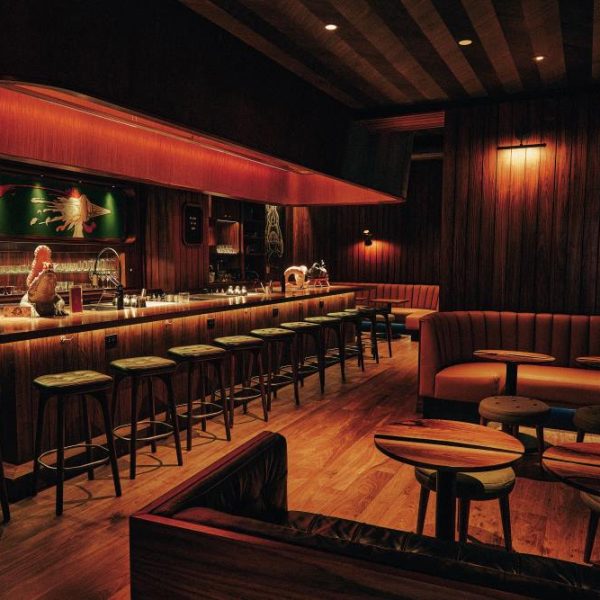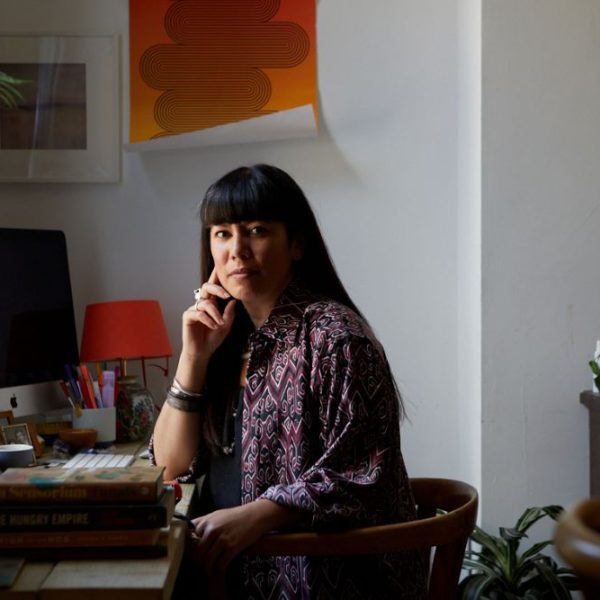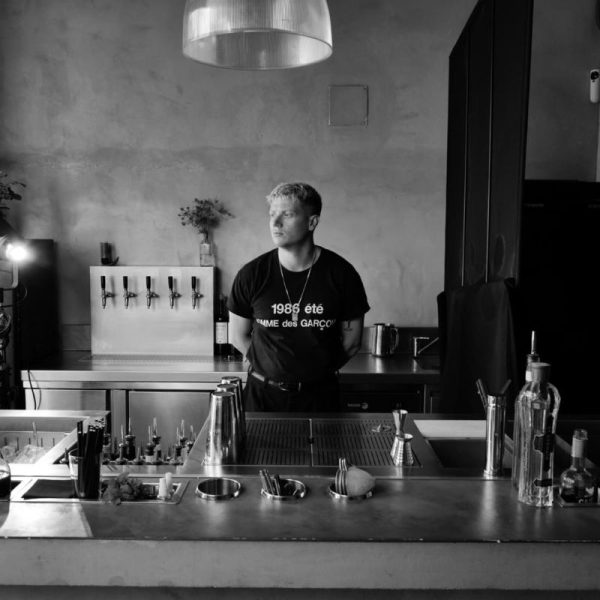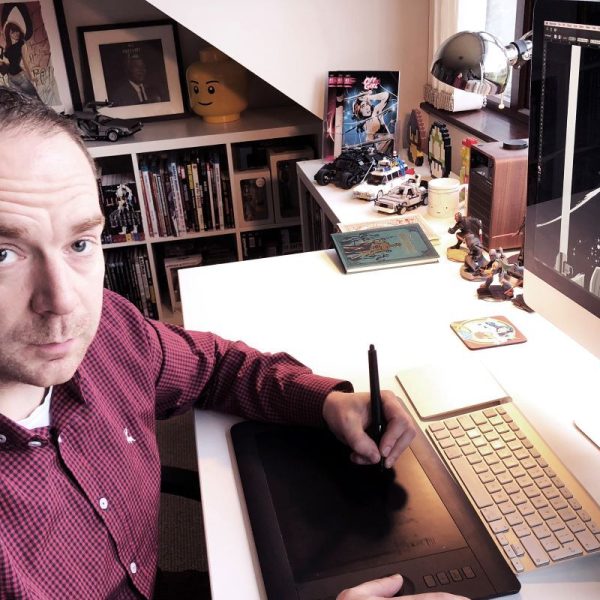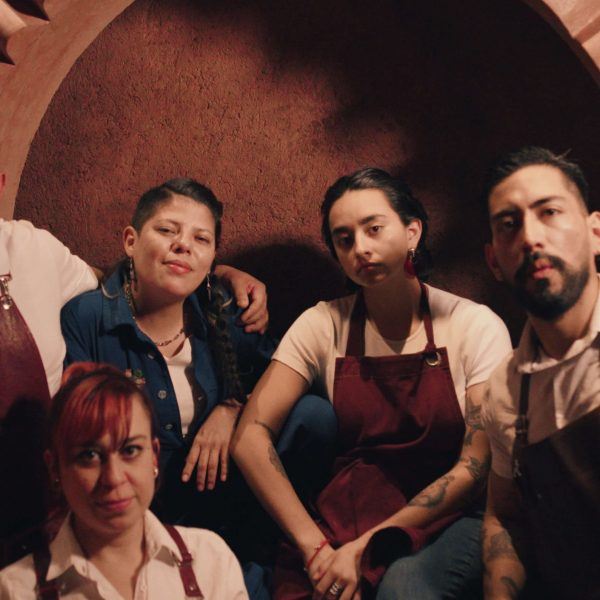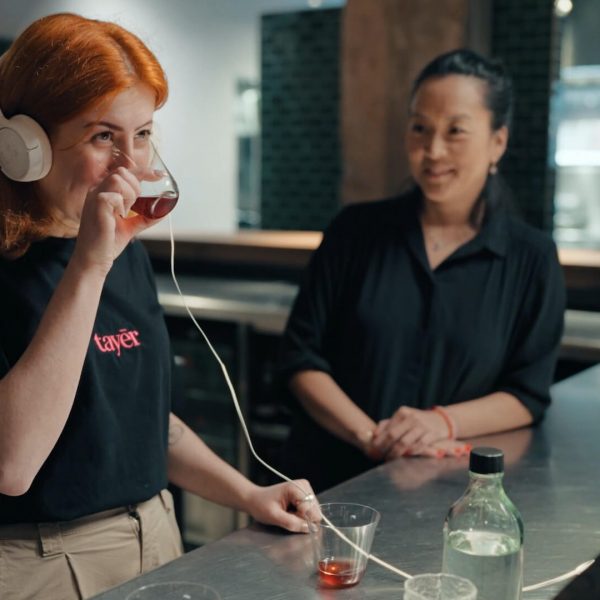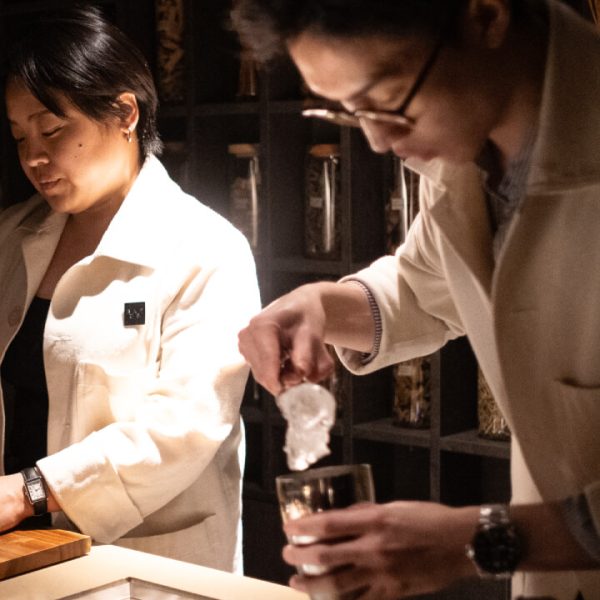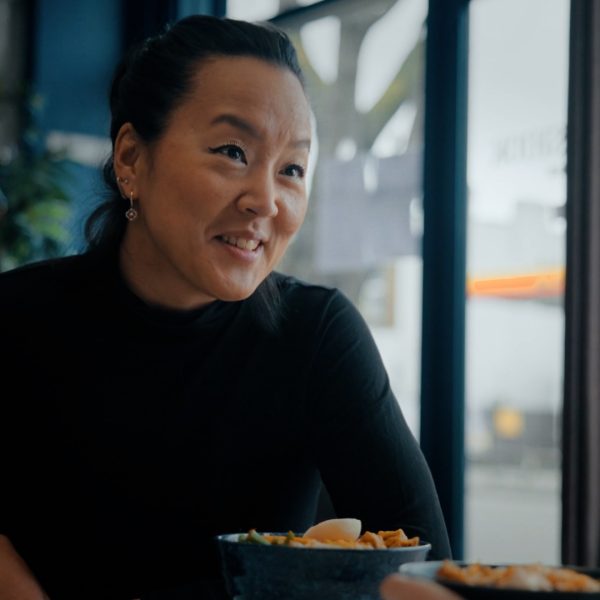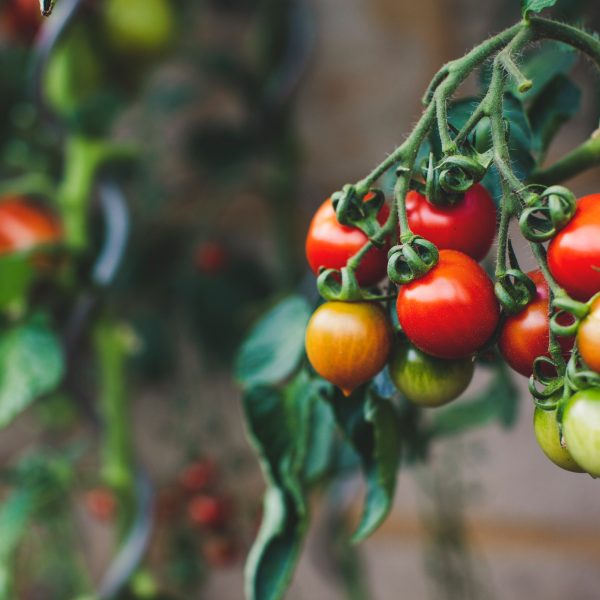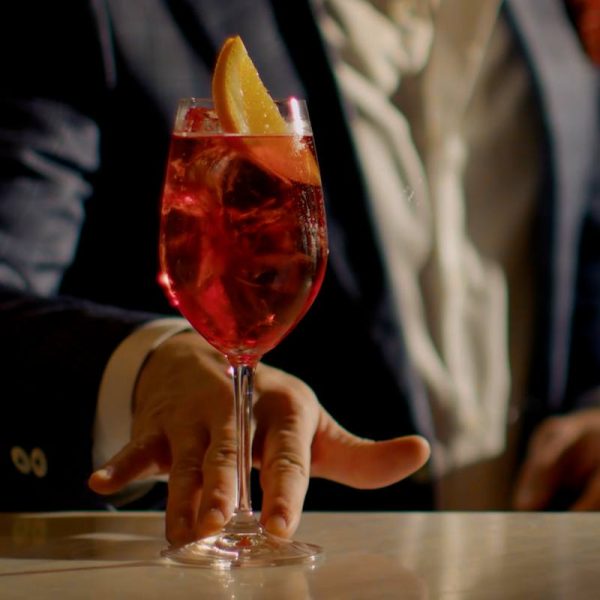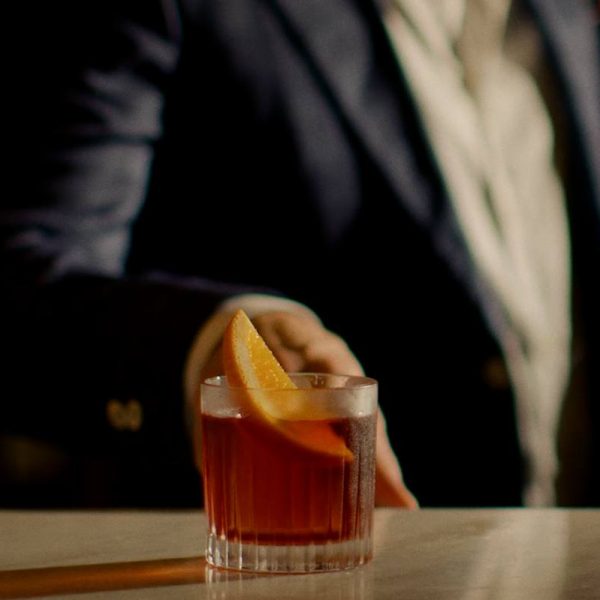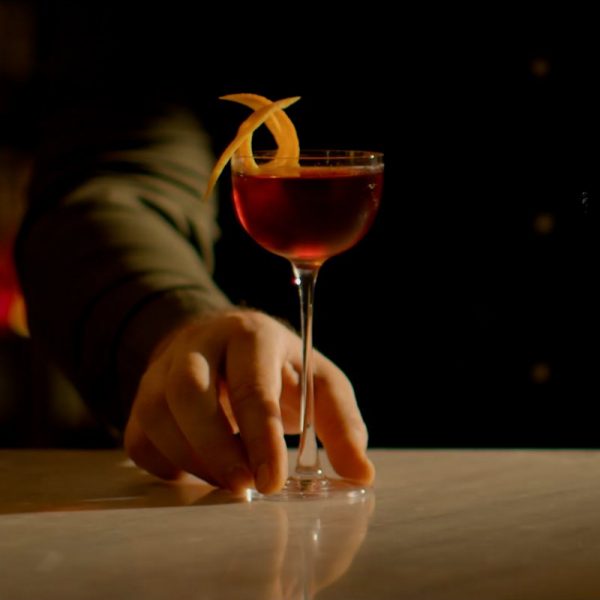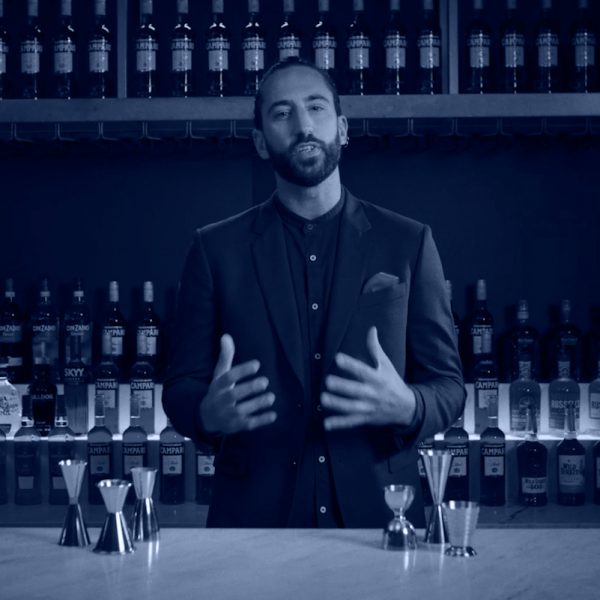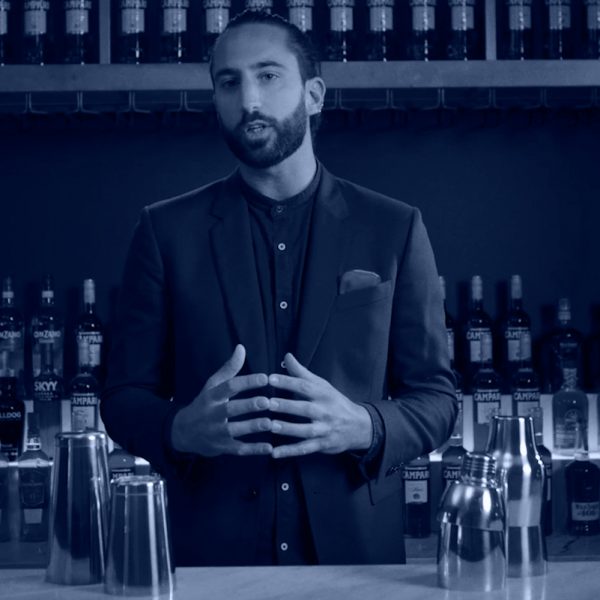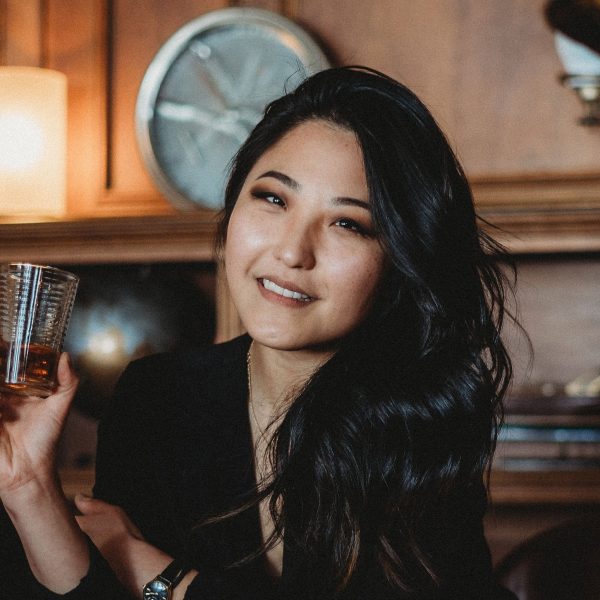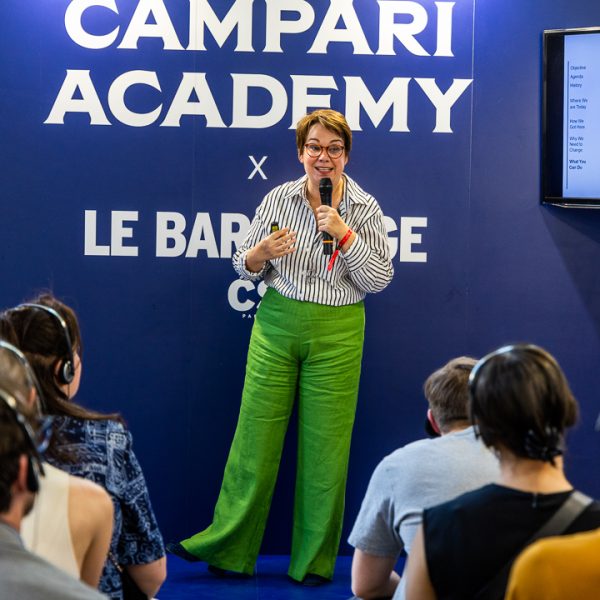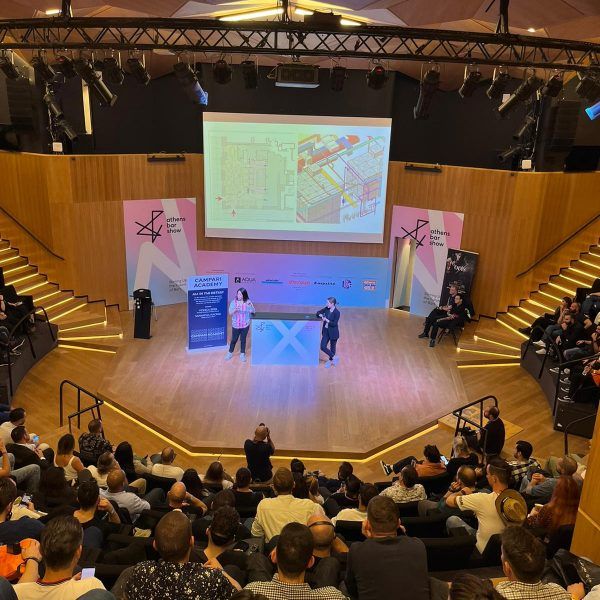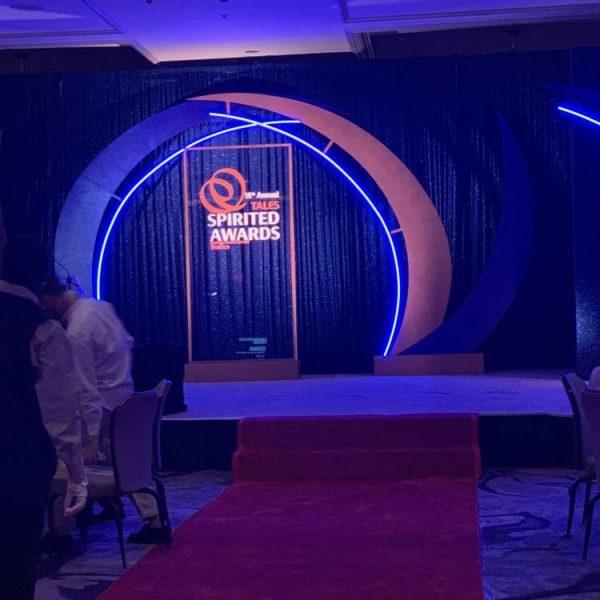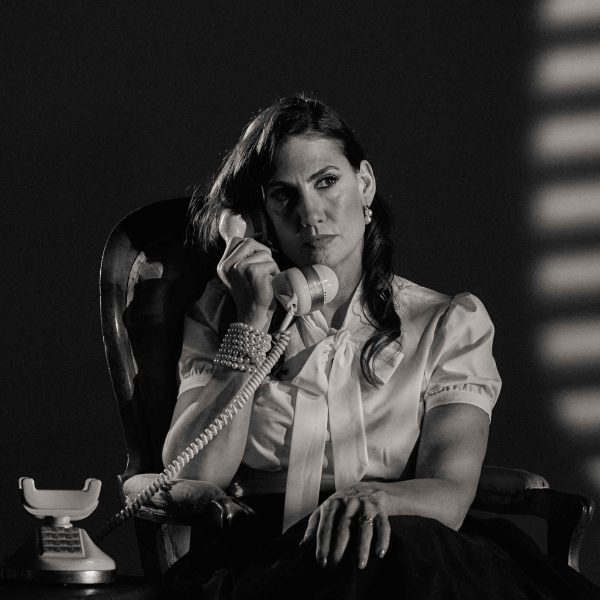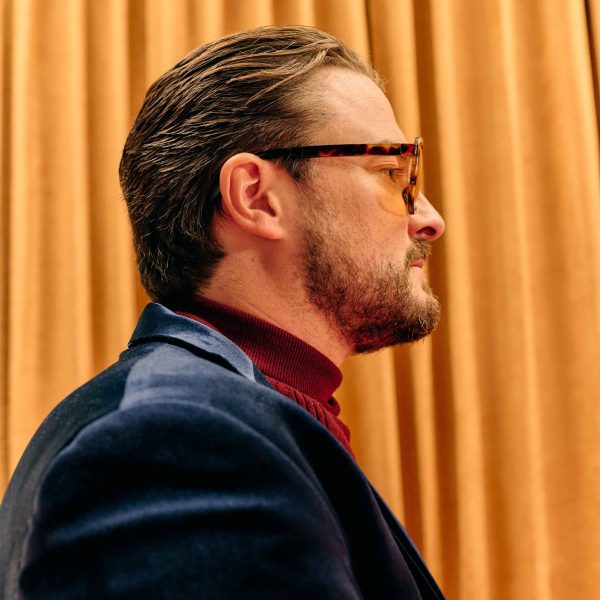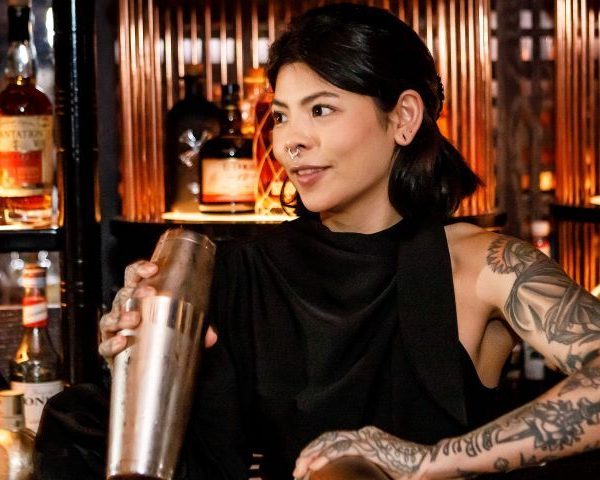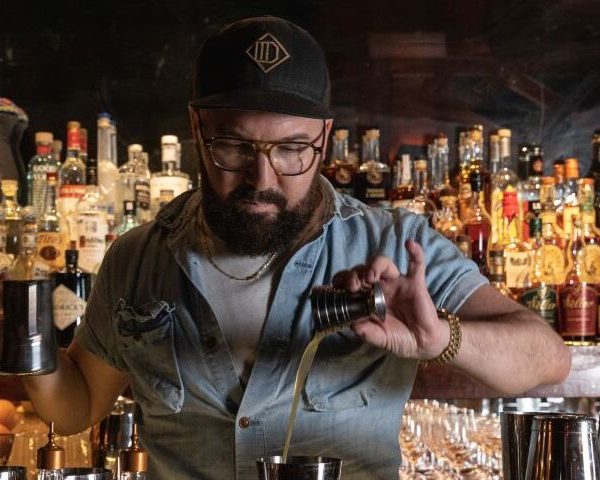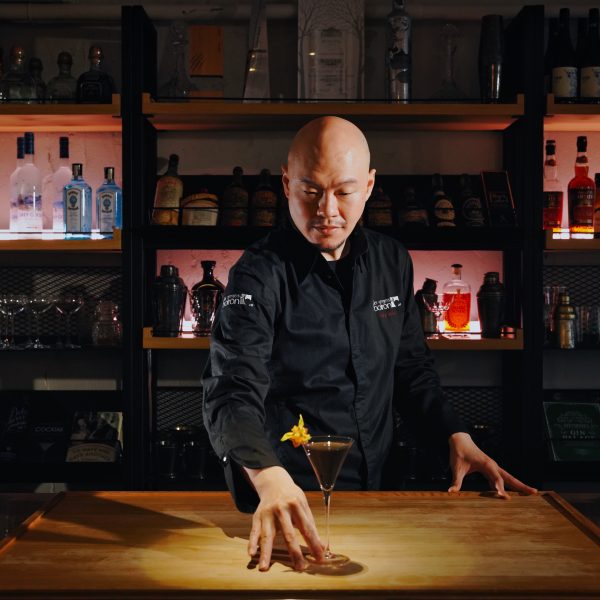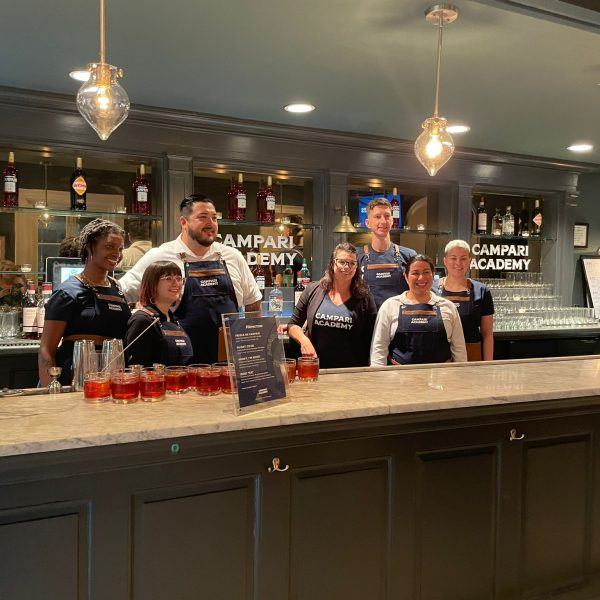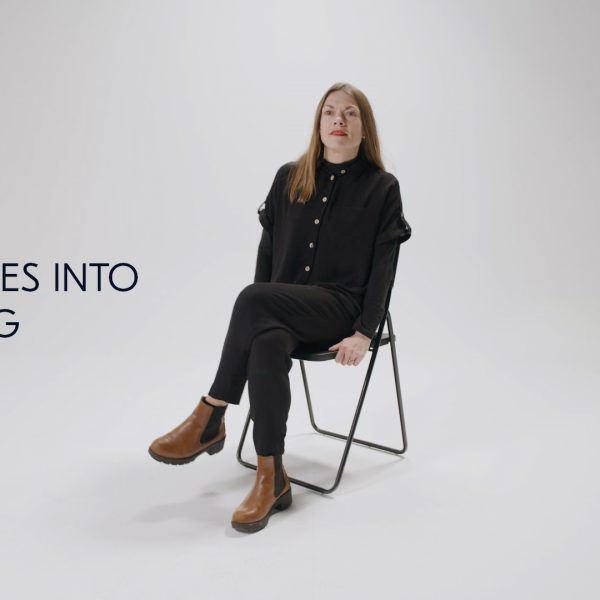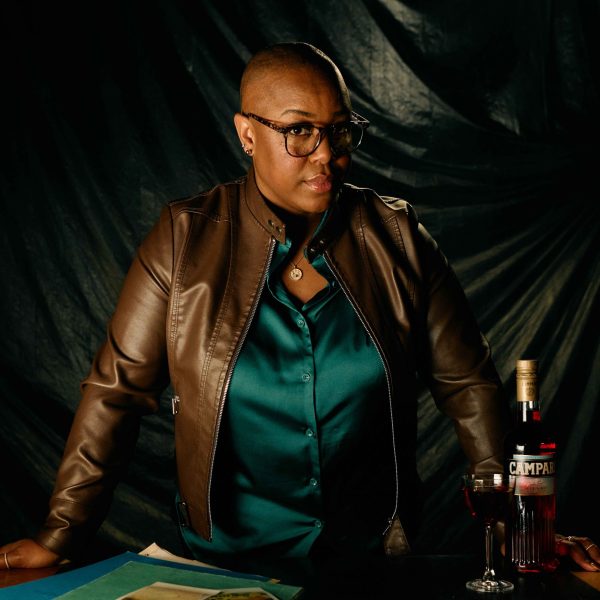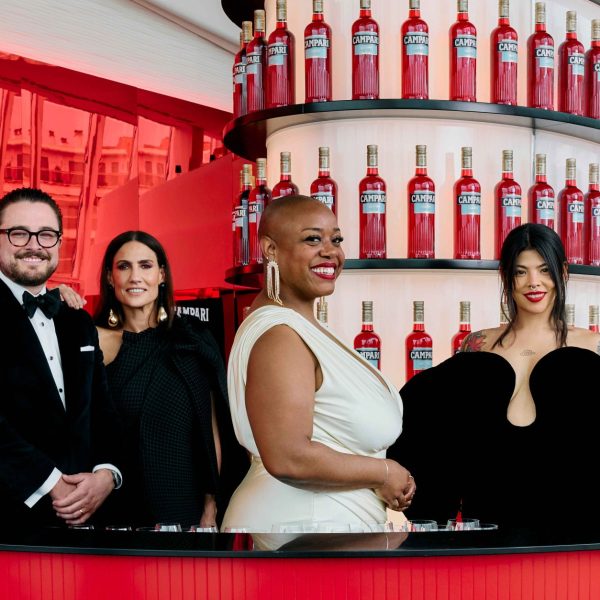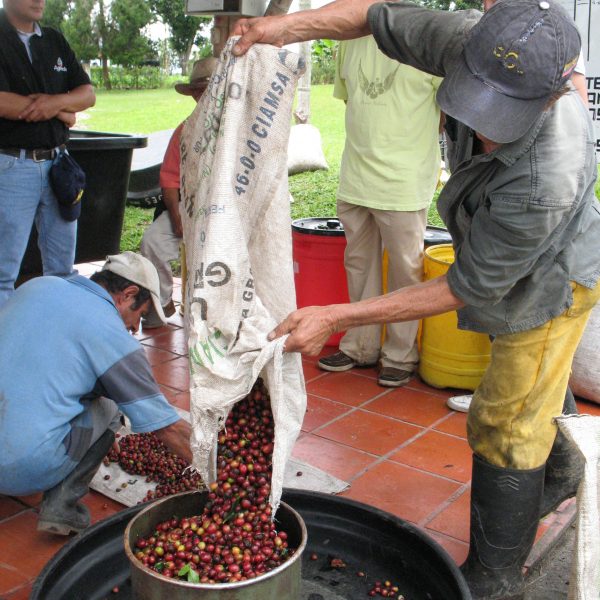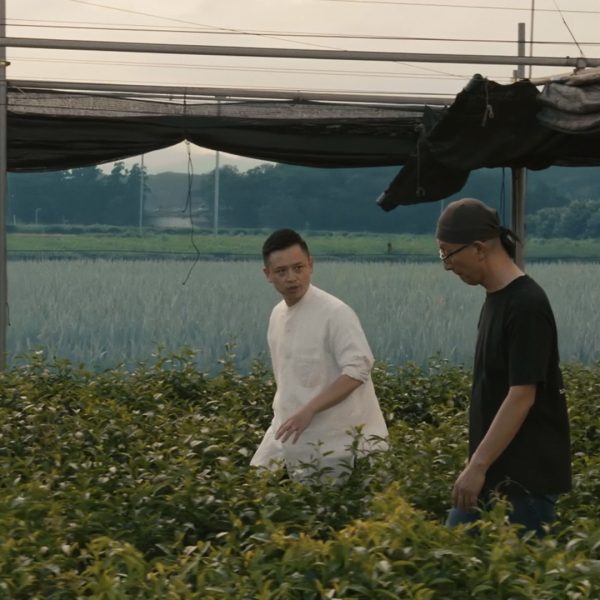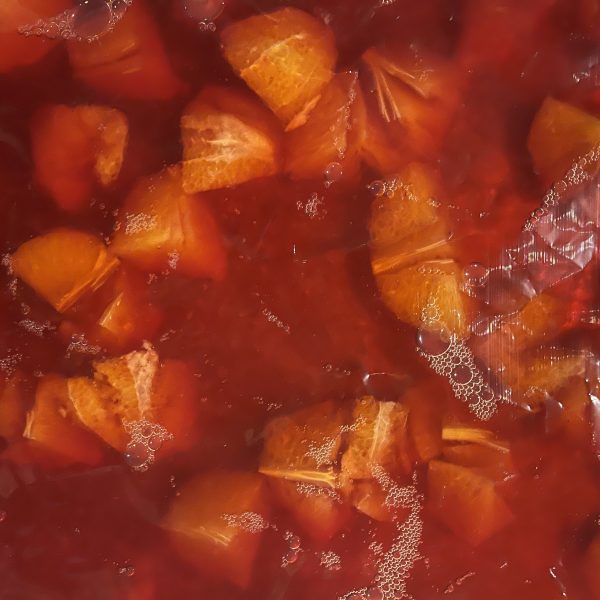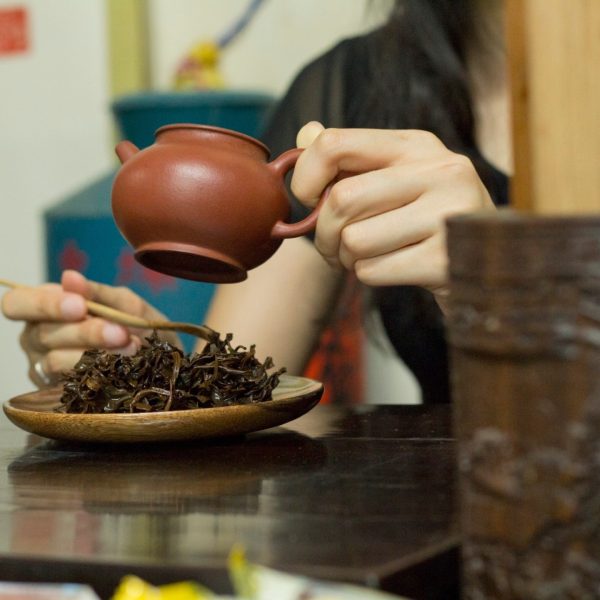Seven Yi on playing with guests’ emotions, memories and senses
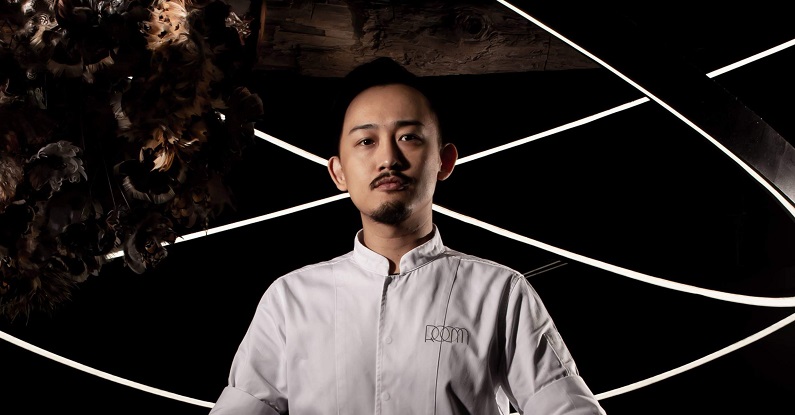
The owner of Taipei’s ROOM by Le Kief takes sensory exploration to new levels. He explains what’s behind his creative process for creating a theatrically immersive hospitality experience
From the beginning of my journey until now, the transformations I’ve been through have included tasting, smelling, seeing, and, finally, imagining.
Tasting is, no doubt, a very memorable experience; while the sense of smell is more like a training process. Visually, though, I can now immediately place things into the appropriate flavour categories just by seeing them. Then there’s imagination: My imagination accumulates memories and training, which when combined create wonderful experiences. I imagine various combinations of flavours (and imagine myself eating them) – their texture, taste, combinations – and then the order in which they should appear in a set menu.
This whole idea of combining memories, feelings and senses, is translated into the work we do at ROOM by Le Kief, in Taipei. I think it’s all about sensation. Sensation can extend infinitely, and emotional memories are easily triggered by a thing, an event or a moment. For example, the taste of candies you always had in childhood, or the exotic food you tried during your first trip abroad – all these tastes can bring you back to a certain moment in your life. In other words, through the experiences we create, guests can connect with their personal experiences and memories.
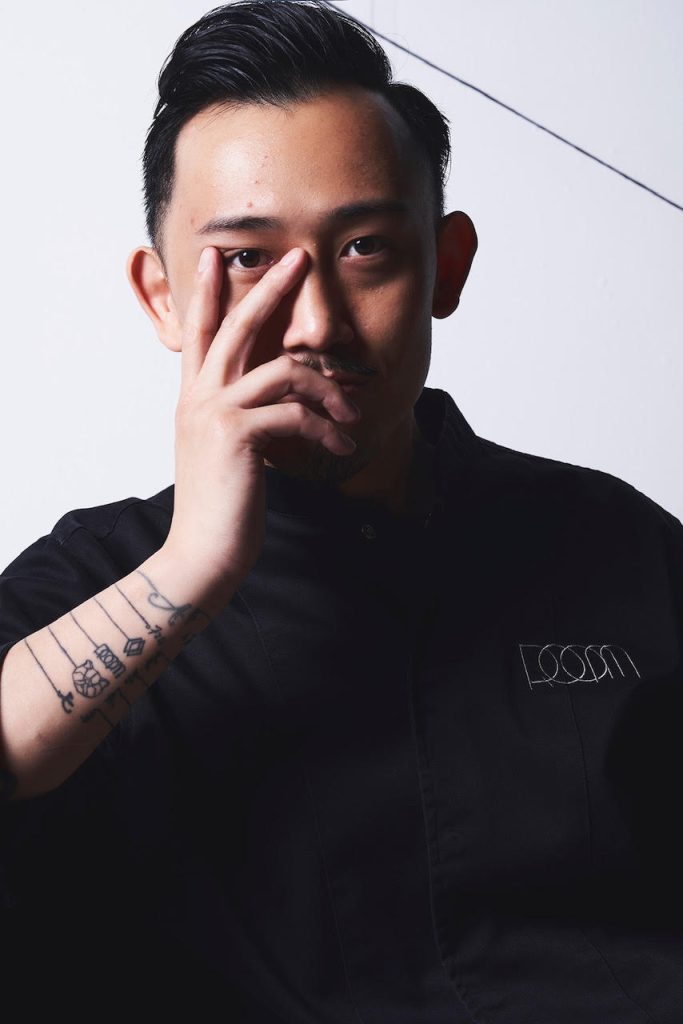
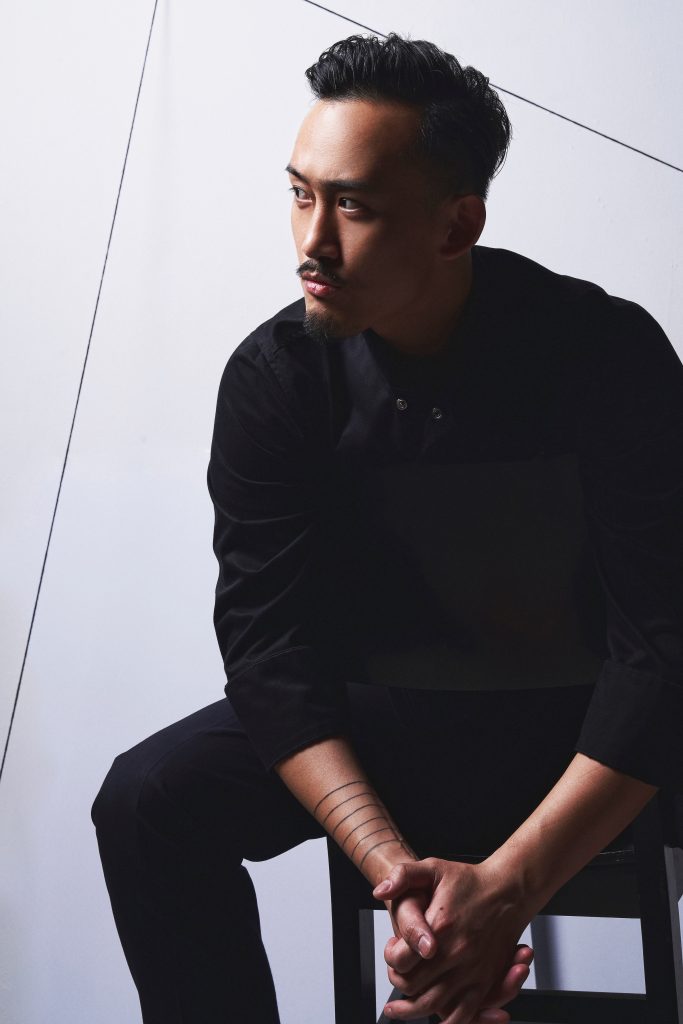
Clever combinations
We collaborate with different partners every season, ranging from prestigious fragrance brands to Michelin-starred restaurants. In each collaboration, we start by discussing the theme with the partner, as it’s the first thing to be decided. Then we work on creating the food, followed by the cocktails, and finally, the music. For example, in 2020, we had a collaboration with renowned chef André Chiang from two-Michelin-starred RAW restaurant. The event lasted for three months, and the theme was ‘Transition’, depicting the convergence of mountains and sea, as well as the transition between the chef and the mixologist.
“Sensation can extend infinitely, and emotional memories are easily triggered by a thing, an event or a moment.”
Chef André set seven sub-themes, each with two dishes, and I designed cocktails that complemented these two dishes simultaneously. As for the music, we chose a mix of electronic and classical, creating a cinematic experience where the two-hour dining period was like a performance, making the guests feel as if they were part of this story of mountains and sea.
Although it could sound like a very complex concept, surprisingly, most of the guests approach these processes with an open mind. They really enjoy the rhythm of flavours according to how we arrange and present them. And to enhance their whole experience, we create a setup that is, I believe, one-of-a-kind.
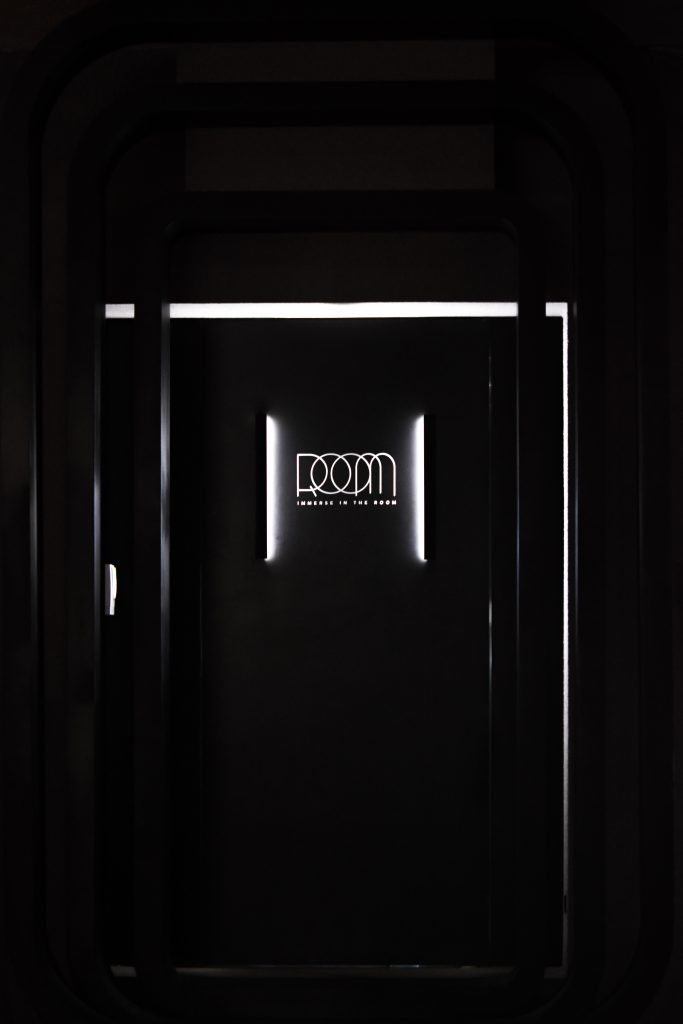
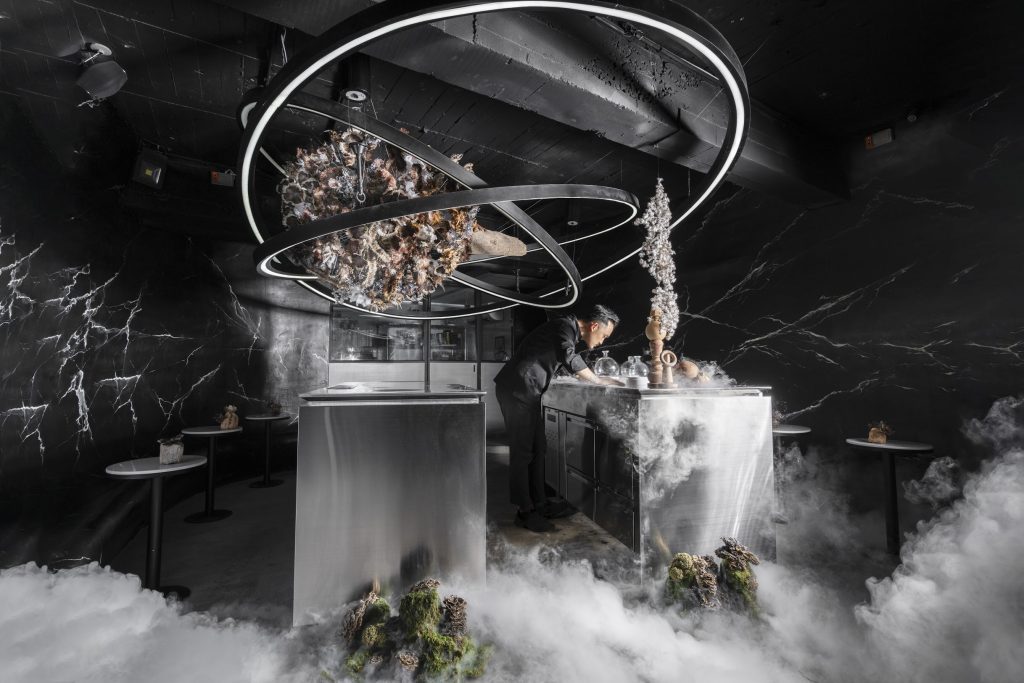
Creative vision
Originally, my idea was to turn the bar into something like a chef’s table, but the final design turned it into more of a theatre, a small performance space, where each season’s concept is like a short film. Similar to fine-dining restaurants, we focus on the service process, with food and drink playing the role of actors, and service as the plot, responsible for conveying the concept entirely.
Music acts as the backbone throughout. We carefully calculate the time needed for consuming each cocktail and dish and match it with music that corresponds to the theme. Additionally, the way information is presented during the introduction and the tone of the service staff’s speech are all designed intentionally.
“When I try something new, I enjoy the combinations of various flavours first, then break them down one-by-one, trying to figure out if I had them before.”
Music, specifically, plays a fundamental role in a guest’s experience: I believe the most important sense to me is hearing. It represents the style and rhythm of the entire space. After all, we wouldn’t want to be in a very comfortable space listening to extremely intense music or breakbeats, as that would make you restless and forget to enjoy the softness of the surroundings.
Smell is also key: perfumes provide a relatively simple way to imagine scents. However, I also rely on visual and auditory stimuli to unleash my imagination. I imagine the scenes I would see in a particular setting and then materialise them into a creation. For example, the smell of mountains, the scent of a forest, or the serenity of a place. I try to portray the moist ground, the smell of wood, flowers, or the warmth of sunlight. Sometimes, it can be more abstract, like an exhilarating adventure.
Daydreaming is an excellent creative process, enjoying the fluidity brought by dreams, swimming in the sea called imagination. When I try something new, I enjoy the combinations of various flavours first, then break them down one-by-one, trying to figure out if I had them before, and if not, I’ll store each individual taste in my memory.
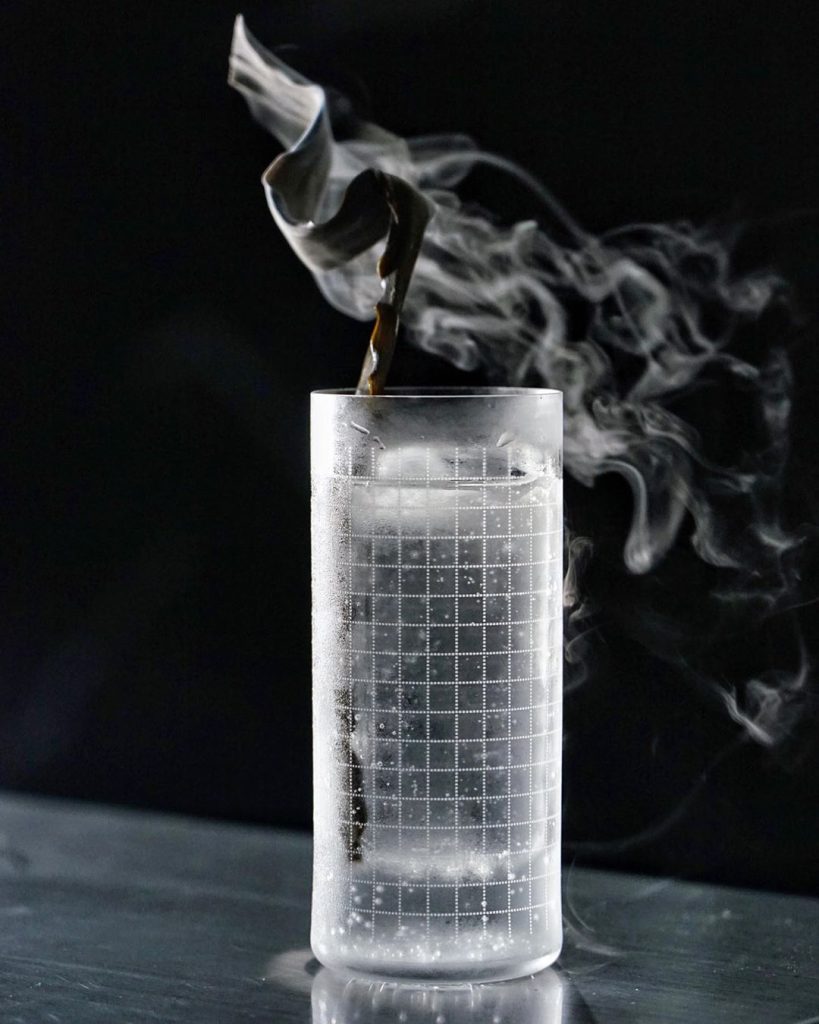
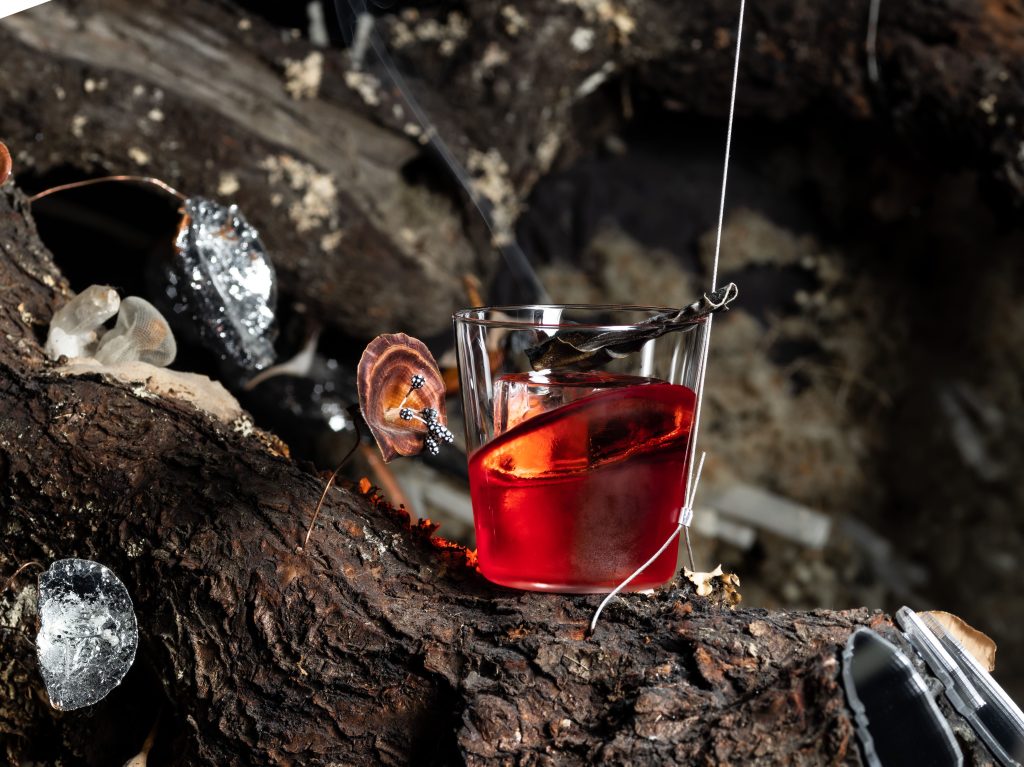
Challenging minds
Playing with senses and matching ingredients is one of our trademarks, and we try to export it anywhere we go. When we do guest shifts in other venues, we bring a conceptual cocktail menu with us. For example, recently we did a guest shift with a theme of ‘The Island’, primarily inspired by Taiwan, and showcasing a three-dimensional sense of space. The menu featured a wide variety of tea flavors, which Taiwan is famous for, and was paired with different food to present the concept, emphasising ROOM by Le Kief’s core philosophy of cocktail pairing.
“Good drinks can be found all over the world, but exceptional experiences are few and far between.”
During guest shifts, we also aim to have more interaction with local consumers, so we take the opportunity to introduce the creative concepts behind each cocktail as they are served. For guest bartenders who take over ROOM by Le Kief, instead, we actually don’t really give them any direction, we just let them play around with what they are good at and deliver the concept they want to convey. For example, we invited The Bellwood from Tokyo last month, and they did a ‘Bell Sushi’ menu, which is a sushi pairing set menu – very creative and just matches our concept perfectly.
It’s a very deep and involved approach to the bar service, I recognise that. To be honest, it consumes a lot of space and may not maximise the floor area effectively. Additionally, if the staff lack sufficient passion, they may quickly leave due to the stress involved. Achieving a perfect immersive experience is a very demanding process, but it is also a very rewarding one – we are very fortunate to be seen by the world, despite being in such a small country.
I believe that if a project like this were carried out in other parts of the world, it would be quite successful as well, because there will always be a small group of people pursuing the ultimate sensory experience. Good drinks can be found all over the world, but exceptional experiences are few and far between. Experiences are like journeys, and these individuals are always seeking different journeys and new thrills.
Seven Yi

